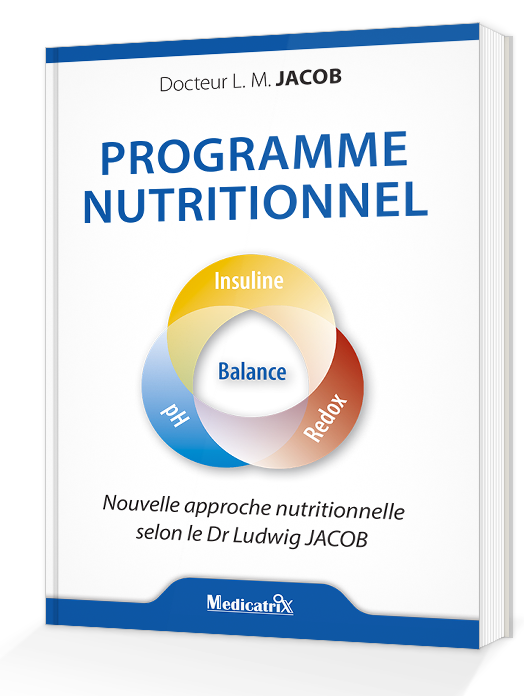[wpfilebase tag=file id=149 /]The olive tree, Olea europaea, is native to the Mediterranean basin and parts of Asia Minor. The fruit and compression- extracted oil have a wide range of therapeutic and culinary applications. Olive oil also constitutes a major component of the “Mediterranean diet.” The chief active components of olive oil include oleic acid,phenolic constituents,and squalene.The main phenolics include hydroxytyrosol, tyrosol, and oleuropein, which occur in highest levels in virgin olive oil and have demonstrated antioxidant activity. Antioxidants are believed to be responsible for a number of olive oil’s biological activities. Oleic acid, a monounsaturated fatty acid, has shown activity in cancer prevention, while squalene has also been identified as having anticancer effects. Olive oil consumption has benefit for colon and breast cancer prevention. The oil has been widely studied for its effects on coronary heart disease (CHD), specifically for its ability to reduce blood pressure and low-density lipoprotein (LDL) cholesterol. Antimicrobial activity of hydroxytyrosol, tyrosol, and oleuropein has been demonstrated against several strains of bacteria implicated in intestinal and respiratory infections. Although the majority of research has been conducted on the oil, consumption of whole olives might also confer health benefits
- Accueil
- Livres
-

À cœur ouvert
10.00 € acheter ce livre -

JE PERDS MES CHEVEUX. Comment les retrouver ?
10.00 € Acheter ce livre -

Les bienfaits du lait de jument
8.00 € Acheter ce livre -

Antoine Béchamp, la compréhension du vivant
10.00 € Acheter ce livre -

Plantes fermentées effets santé décuplés
10.00 € Acheter ce livre -

COVID-19 : crise sanitaire ou crise sociétale ?
8.00 € Acheter ce livre -

COVID-19 : Vertrauenswürdige Experten und Minister ?
Laden Sie das Buch herunter -

DES TORTUES JUSQU’EN BAS (1er chapitre du livre éponyme)
7.50 € Acheter ce livre
-
- Blog
- Auteurs
- Pathologies
- Thématiques
- Conférences
- Covid-19
- TousAction en justiceConvoi de la liberté (Canada)Covid l’autre bout de la lorgnetteEconomieEffets secondairesHumourLa lettre de SentaLes filmsManifestationsMasquesMédecins suspendusMorts subites suite à la vaccination CovidOmicronPass et mesures sanitairesPolitiqueTest PCRVaccin Covid de l’autre côté du miroir
Découvrez des articles de qualité, rares et pointus, ainsi que de nombreux conseils multidisciplinaires (alimentation, compléments alimentaires, technologies…) rédigés et partagés par des professionnels de la santé (médecins, cancérologues, docteurs en sciences, diététiciens…) afin d'optimiser votre hygiène de vie et votre santé au quotidien.
C'est également une maison d'édition contenant une vaste collection de livres “Poche” exclusivement dédiés aux thèmes santé (certains livres sont téléchargeables gratuitement via PDF, Kindle ou Itunes).
Des outils de formation santé (vidéo-formations et conférences gratuites).
C'est également une maison d'édition contenant une vaste collection de livres “Poche” exclusivement dédiés aux thèmes santé (certains livres sont téléchargeables gratuitement via PDF, Kindle ou Itunes).
Des outils de formation santé (vidéo-formations et conférences gratuites).
Contactez-nous: info@medicatrix.be
© Medicatrix est une division des Editions marco pietteur sprlu









